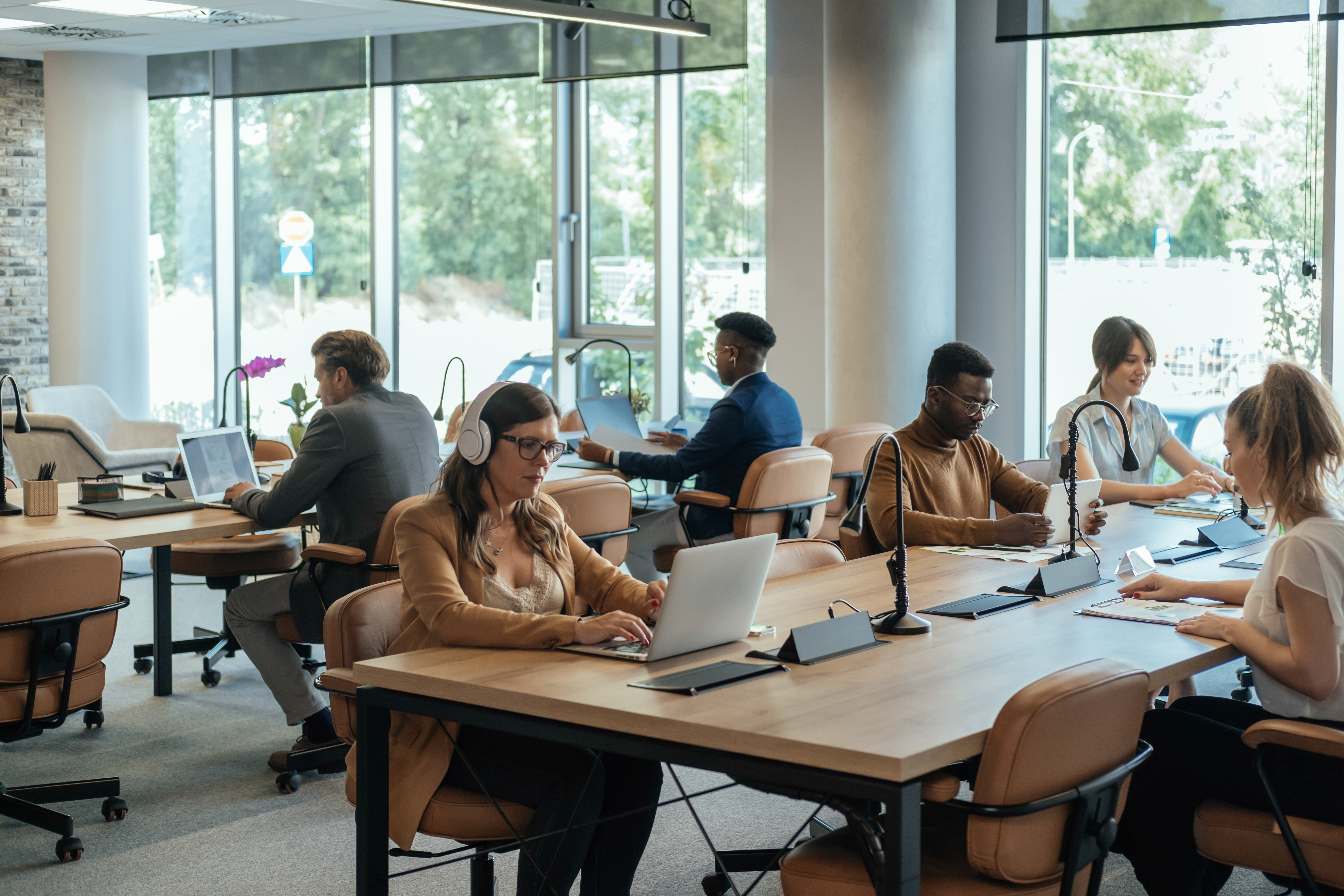Flexible Spaces Are Becoming The New Normal

VergeSense is the industry leader in providing enterprises with a true understanding of their occupancy and how their offices are actually being used.
The workplace as we know it is changing. 2022 started to show how unpredictable workplace occupancy is. In 2023, the workplace will shift to be flexible, adaptable, and ever-changing to keep up with the new way that employees interact with and occupy offices.
Structured Space Management is Dead
A recent study by Gallup predicts that the near future of work will be 55% hybrid and 23% on-site work. Pre-pandemic, 32% of jobs were hybrid and 60% of jobs were on-site. This presents a major shift in how employees use and interact with the office. Moreover, considering that the majority of workers today have adopted some sort of hybrid working behavior, the workplace needs to be more adaptable than ever before.
Employees no longer want to be assigned to a space. In-person collaboration is required. Space and furniture configurations are becoming more and more flexible. In fact, Miro has everything on wheels, from chairs, to desks, to plants, so everything can be adapted to fit their employees needs in that very moment. Flexibility goes beyond furniture though. 74% of organizations made partitioning changes in 2022. There was also an increase in new space types of nearly 44%, meaning that organizations are consistently developing new, innovative workspaces that do not fit into existing ways of defining a space.
Shift Your Mindset
The days of static and everlasting spaces are over. Instead, you need flexible spaces and the ability to learn, iterate, and change spaces quickly. The thought that a workspace is never perpetually perfected may feel overwhelming, which is why this landscape shift must begin with a mindset shift. By embracing a flexible mindset and experimenting with different spaces, workplace leaders can create an environment that can better support the ever-changing needs of employees, as well as the dynamic industry trends.
The first step in this mindset shift involves accepting that workspaces cannot be optimized and then considered complete. Workspace optimization is an ongoing, active process that involves performance monitoring and employee input. Even when performance is great and employees are satisfied, that can change overnight.
The second step is embracing experimentation as a mindset and strategy. Experiments, or proofs of concept, are a low-risk means of assessing space and design performance before widespread investment and implementation. With lower stakes, experiments encourage innovative designs and configurations that may not have been considered otherwise. Additionally, experiments can create organizational buy-in for whatever changes you propose because you will already have collected data on their performance. If experiments are not a part of your current workplace strategy, countless dollars and your employee experience are on the line.
Start Creating Flexible Spaces
After you have bucketed your portfolio into spaces to evaluate, optimize, and exit, commit to making some of your "spaces to optimize" flexible. What flexible means, however, is up to you. Whether you experiment with a new type of huddle space, be like Miro and put everything on wheels, or invest in modular furniture, any steps you take toward adaptability will only pay off for your organization. As you begin creating a flexible workplace, be sure to test different configurations and gather feedback from employees to see what works best for their specific needs.
If you need help creating flexibility in your workplace or finding a technology that can keep up with changes, reach out to a VergeSense expert. We will help you find the best occupancy sensing solution for you, even if that is not us.